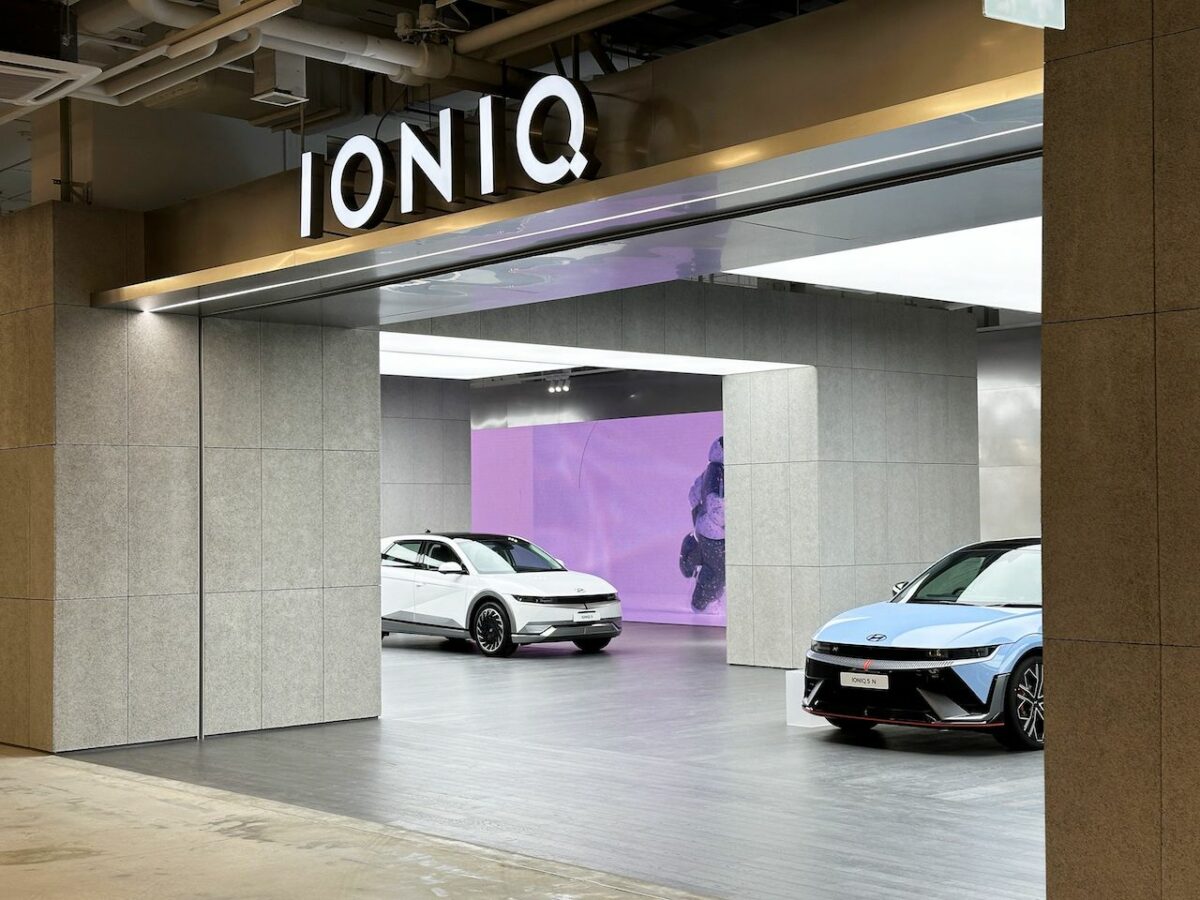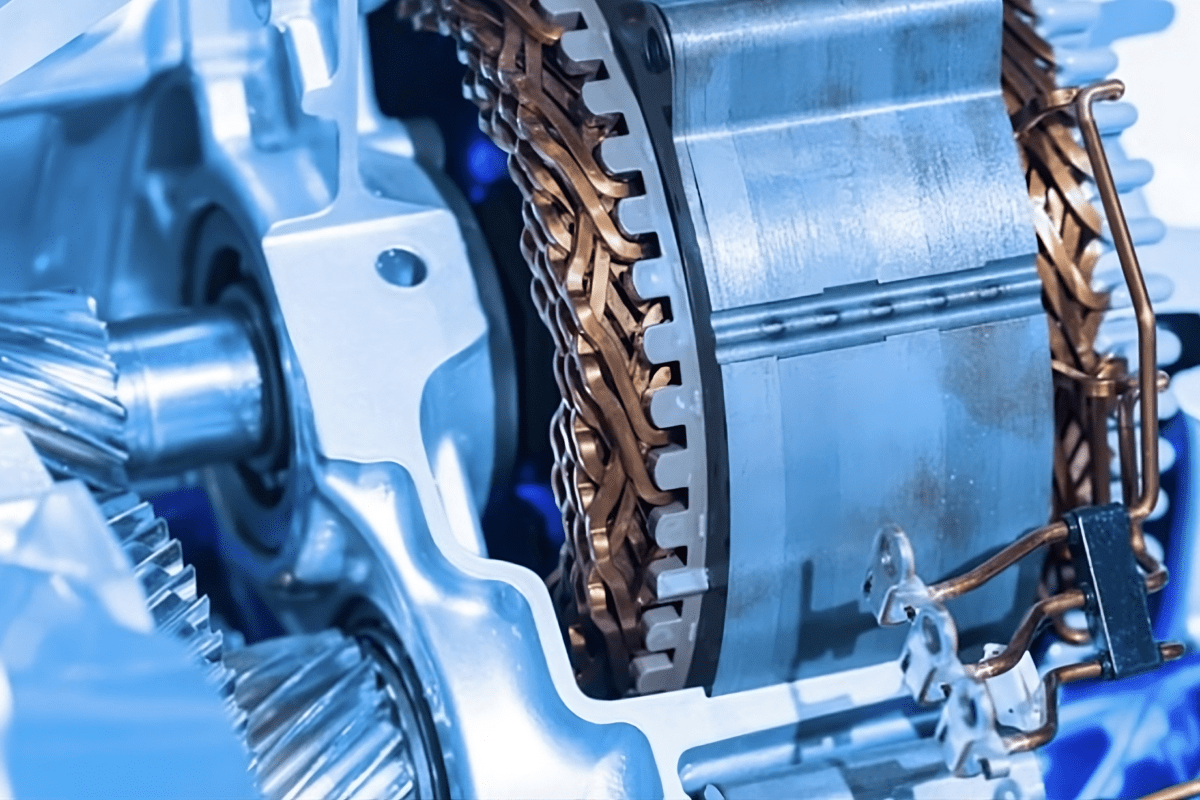The past ten years have seen the motor industry make significant advances in the race for better fuel economy. Since 2003, the average CO2 emissions of new cars have fallen by over 30g/km; overall, the 2015 whole-market target of 130g/km is within reach for many manufacturers. The latest analysis from JATO Dynamic’s annual CO2 report shows that most of this progress was achieved over the last few years. Putting this into context, this happened during a time when SUVs became the third largest segment in Europe and a global recession gripped many markets.
Gareth Hession takes a look at the latest developments and the biggest brand, segment and country successes in the race for CO2 reduction.
The industry-wide 2015 European CO2 emissions target of 130g/km is used as an overall average with each manufacturer having individual targets based on the average kerb weight of vehicles they produce. Despite this adjustment, some manufacturers are closer than others to achieving their goals.
PSA Peugeot Citroën is currently ahead of any other volume manufacturer in the race to meet the 2015 goal: it has already achieved its target by a margin of 3.5%, and could avoid fines with no further development, provided it keeps selling the same mix of cars that it did in 2012.
This result can be attributed to their efficient eHDi and Hybrid4 technology, the success of the Peugeot 208 and its new small petrol engines, and sales of electric cars.
The latest hybrid, fuel-saving and efficient technologies of Toyota and BMW have also helped both manufacturers exceed the 2012 and 2015 targets. Toyota has over-achieved on its 2012 target by the greatest amount of any manufacturer, beating it by 21%, leaving a 2.5% margin over 2015; BMW has exceeded its 2012 target by 12%, and has a 0.03% margin over 2015.
Geely Group, Renault, Volkswagen Group, Ford, Daimler and General Motors are also well on track to meet the 2015 targets: all require improvements of less than 3% on average.
Although the Fiat brand recorded the lowest emissions in 2012 out of the top 20 volume brands (at 119.8g/km), Fiat-Chrysler as a group still need to make a 3.7% improvement for 2015.
At the other end of the spectrum, some OEMs will have to take other measures to avoid hefty fines in 2015. The European Commission has acknowledged that some low-volume manufacturers are not suited to the kerb-weight based system, allowing them to pool with other manufacturers for a combined target, apply for a target based on a 25% reduction in emissions compared to 2007, or agree on an individual goal with the EC.
Tata Motors, Porsche and Subaru will be able to avoid fines if the OEMs apply to meet the 25% reduction but this method does not work for all; Honda, for example, beat the 2012 target based on kerb-weight by 3.1%, but they would have failed by 6.2% if they had used the 25% improvement as a target.
Segment shifts
Last year, JATO’s CO2 report highlighted the difficult balancing act between lowering average emissions and profitability. Low-emission cars tend to be smaller, lighter vehicles which are cheaper to buy and have lower profit margins. Although it still remains a challenge, manufacturers are making progress in improving the emissions of both larger and premium cars.
In 2012, the luxury segment made significant progress in bringing emissions down. With average reductions of 10.8g/km, it has achieved the biggest improvement in emissions between 2011 and 2012 of any segment. This improvement came primarily from the 3-litre diesel versions of the BMW 7-series and Mercedes-Benz S-Class.
Behind B- and C-segment cars, the two largest-volume segments in Europe, the SUV segment was the third biggest market in 2012. The segment’s jump from just over 5% in 2003 to 12.7% in 2012 is the largest increase in market share over the last decade. Despite increased sales of these stereotypically thirsty, heavy vehicles, overall emissions have continued to fall, highlighting the industry’s hard work and progress.
Consumers have been drawn to the SUV segment as developments have aimed to counter traditional compromises in performance, handling and fuel consumption. The latest generation of crossover vehicles are a prime example, offering similar benefits to full size SUVs, but they are smaller, lighter vehicles, with eco-friendly options such as two-wheel-drive only.
Other brands in the luxury segment are also making impressive progress. Somewhat surprisingly, Bentley has made the most progress of any brand. The introduction of new and updated models featuring fuel-saving technology has reduced the brand’s average emissions by over 100g/km compared to 2011.
Diesel driving progress
The continued popularity of diesel vehicles is also playing an important role in how countries in Europe reduce CO2 emissions.
In 2012, diesel was again the most popular fuel choice among new car buyers in Europe, accounting for much of the reduction in CO2 emissions over the course of the year. Diesel-fuelled cars accounted for 54.6% of the European new car market in 2012 and have seemed to recover from the scrappage-affected market of 2009, which saw a spike in small petrol-engined cars.
Portugal took the top spot again in 2012 as the country with the lowest average CO2 car emissions; it is little surprise that over 70% of the country’s cars are diesel.
Greece recorded the most significant fall in average CO2 emissions for the third year in a row. This is the result of several factors: a struggling economy that has severely reduced sales of larger cars, significant improvements to the efficiency of smaller petrol-powered cars and diesel penetration of the market rising from less than 3% in 2009 to over 40% in 2012. This huge rise in diesel-fuelled cars is the result of a ban being lifted which prevented the fuel being used for private vehicle use.
However, with continued improvements in petrol car efficiency resulting in better fuel economy, low emissions and, as a result, low cost – or in some cases free – road tax, consumers are still being drawn to smaller petrol-run cars. The question remains whether diesel will continue to dominate the European car market in the future.
2015 and beyond
The majority of car OEMs and European countries appear likely to meet their 2015 targets. All high-volume manufacturers have achieved the legal target for 2012 and all the medium-volume manufacturers have reached either the main or optional target.
It is encouraging to see that the new generation of eco-friendly and low emissions vehicles are quickly becoming the norm, and that local governments are continuing to work with consumers and manufacturers to encourage the purchase of cars with lower CO2 emissions. The success of EVs will also continue to play an important role in bringing down emissions overall.
However, with some manufacturer groups still at risk of missing their individual 2015 targets, the industry cannot afford to rest on its laurels. As economic uncertainty remains, it will be interesting to see how the industry continues to improve emissions and draw in consumers, and how they will respond to changing government car tax policies. But one thing is certain: this momentum of change must be sustained if the EU targets are to be achieved in 2015 and beyond.
Gareth Hession is Vice President of Research at JATO Dynamics




